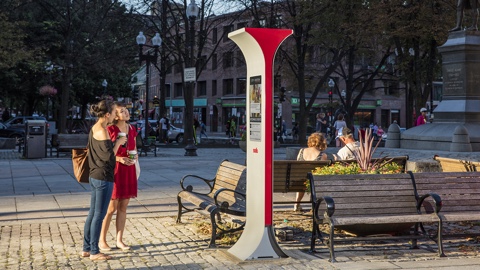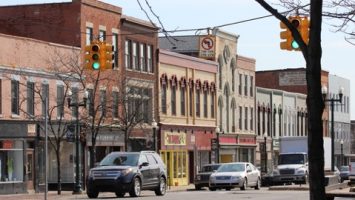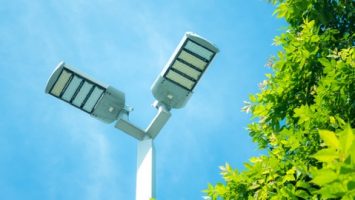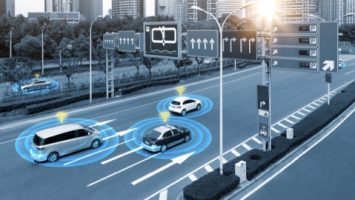
While the concept of making a smart city from the top down is intriguing and sexy as a marketing story, the reality is that it is hard, if not impossible, to align all the necessary stakeholders to transform a city in one fell swoop. Often cities focus on strategic pilot projects, allowing action to be taken quickly and success and failure evaluated rapidly to be able to build on what works in a cost and time-effective manner.
The team at Soofa knows this first hand and has spent the past two and a half years partnering with innovative local governments, bringing smart urban furniture to city sidewalks and parks in cities as big as New York City to smaller towns like Sunny Isles Beach, Florida and Warrenton, Virginia with populations of 25,000 and 10,000, respectively.
Through the experience of working across spectrums of city scale, demographic composition, population size, and budget availability for new technologies, Soofa has learned and refined how to most effectively and efficiently partner with local governments. Here are some of their lessons learned for what makes a successful pilot project with the hope that other cities can innovate at the same speed and with the same level of success.
The team reports that their most important learning has been how to maximize the value of a pilot project, with value in this context measured by how far a single project spreads across multiple departments within a city. As a spinout from the MIT Media Lab, Soofa employs the “deploy or die” mantra. How this translates to working with local governments is to get bolts in the ground and, in the case of their sensor-enabled park benches, data collection and data analysis started as fast as possible.
First, deploying infrastructure like a smart park bench or electronic paper display into the public realm gives citizens the opportunity to engage with something new and innovative and provide rapid feedback to city leaders. Second, by having a real life data set that can be visualized in simple, easy to interpret ways, multiple city departments can immediately start thinking about how it adds value to their operations.
Soofa’s sensors count the number of people who walk by the benches and the collected data brings tremendous value to numerous departments in a city, from planning and urban design and parks and recreation to downtown partnerships and mayors’ offices. But it isn’t just beneficial to improving the way planners consider future capital improvement projects based on how people actually use public spaces or the way parks and recreation leaders measure the efficacy of their programming and events, it is also extremely useful in breaking down silos that tend to exist in municipal government.
A key component of the pilot projects include focus groups which take place regularly, both before any infrastructure gets installed as well as in the weeks and months that follow installation. In these focus groups data and data visualizations are used as boundary objects. Graphs and simple visualizations that make sense of complex data to illustrate pedestrian activity in a park or downtown plaza over the course of days, weeks, or months serve as a way for multiple departments to get in the same room and share how this type of data is useful in solving problems they are experiencing, enabling conversations between city staff that may otherwise not have taken place.
It doesn’t take an overly large nor extremely complex project to deliver results for a city or agency who wants to innovate. For example, Soofa recently hosted a focus group with a parks department, including representatives from five different teams – data science, operations, planning and design, administration, and operations. During the meeting there were off to the side conversations that included setting up follow up meetings between different teams to see how they could collaborate on data analysis and try to improve the overall experience of the park.
Furthermore, the data that just five Soofa benches collect in this particular park will be used as a valuable metric in determining an upcoming multi million dollar capital improvement project. The team leading the planning will now work with the park administrator to strategically locate the benches to optimize the data collection for the planning and design work.
Small, but strategic pilot projects can bring a city together in a way that fosters collaboration and maximizes the overall return on investment of taxpayer dollars, all while advancing a city’s smart city agenda


